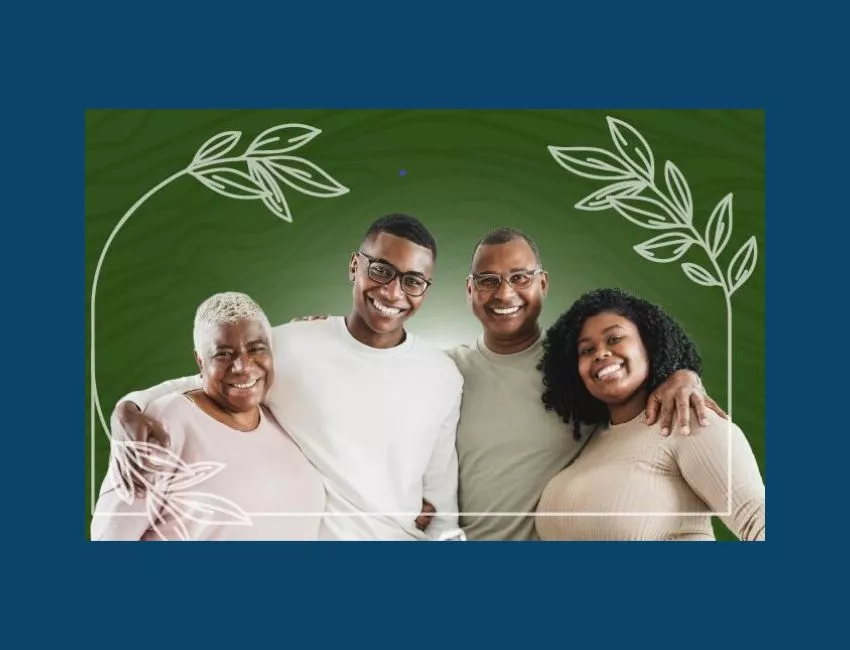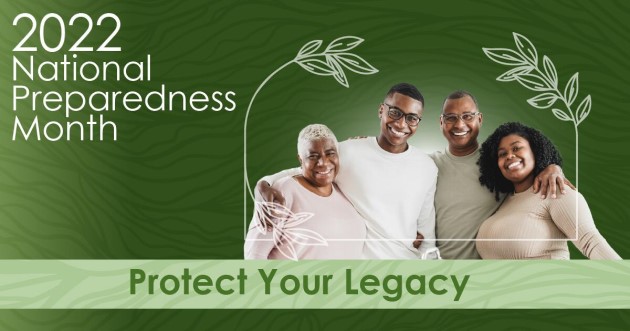Preparing for a Disaster: What You Need to Know

 September is National Preparedness Month. This awareness effort, led by the Federal Emergency Management Agency (FEMA), reminds all citizens and communities to prepare themselves for a disaster or an emergency, which can happen at any time during the year.
September is National Preparedness Month. This awareness effort, led by the Federal Emergency Management Agency (FEMA), reminds all citizens and communities to prepare themselves for a disaster or an emergency, which can happen at any time during the year.
This year’s theme is “A Lasting Legacy.” FEMA is emphasizing the importance of protecting one’s family, teaching children about emergency preparedness and making sure individuals and families have a plan to respond effectively in the event of a disaster.
The federal agency is also reaching out to individuals, families and organizations in underserved communities to support their efforts to protect themselves. In 2022, FEMA will feature a call to action for the Black and African American community.
As part of emergency preparedness, FEMA recommends that individuals and families:
- Become aware of the types of disasters and hazards that could potentially happen in the area where they live and work.
- Create an emergency plan, and practice it often.
- Sign up for emergency alerts.
- Know where to go if evacuation is necessary.

Resources to Help Prepare in Case of Disaster
FEMA has free resources on its website including:
- Building an emergency kit.
- Making a plan.
- Accessing other free preparedness materials.
- Teaching youth about preparedness.
LSS Provides Long-Term Support After a Disaster
Being ready for disaster means both preventing harm to you and your loved ones and having a network of resources if you do need assistance. Lutheran Social Service of Minnesota’s Disaster Services stands ready to provide that assistance.
When individuals and communities experience disaster, it can take months or years for them to begin to regain a sense of normalcy. Families are often left to repair their homes, replace their precious belongings, and heal from the trauma they experienced, all while feeling very much alone —leaving survivors mentally, financially and emotionally exhausted.

Much of LSS Disaster Services’ work is long-term recovery. We stand with Minnesota families as they pick up the pieces and rebuild their lives after initial recovery efforts end and the disaster response organizations go home. LSS’ services include long-term disaster case management, assistance with rebuilding, mental health supports and financial counseling. Learn more about LSS Disaster Services.
Disasters can take an emotional toll on children as well. LSS' Camp Noah is there to provide support.
At Camp Noah, children experience the power of hope and healing through a nationally-acclaimed curriculum that helps build resiliency through creative activities and play. Children are served in their own communities and experience a safe and caring environment to develop the skills to overcome their trauma. They are encouraged to face their fears, grieve their losses, identify and share their unique gifts and talents, and plan for an amazing future.
Learn more about Camp Noah.
